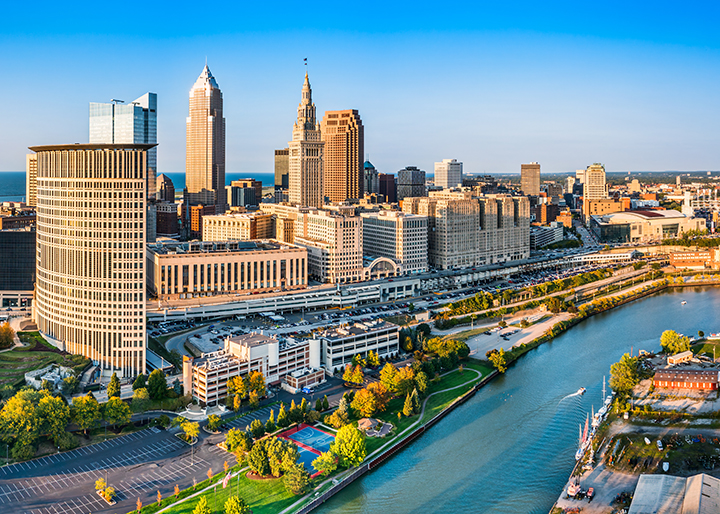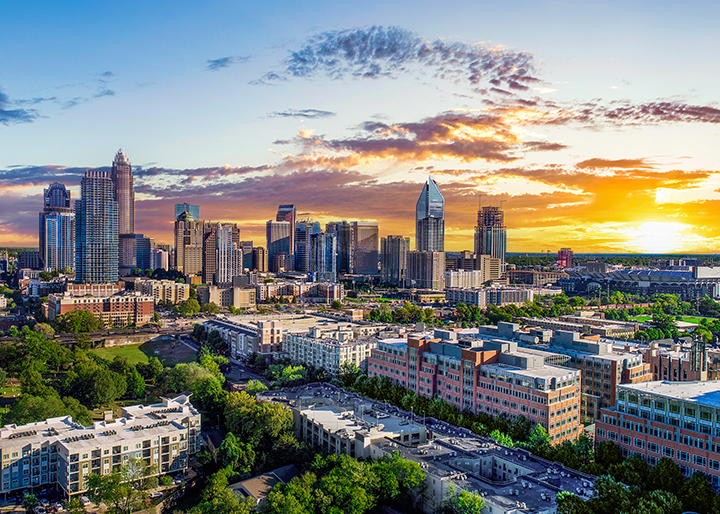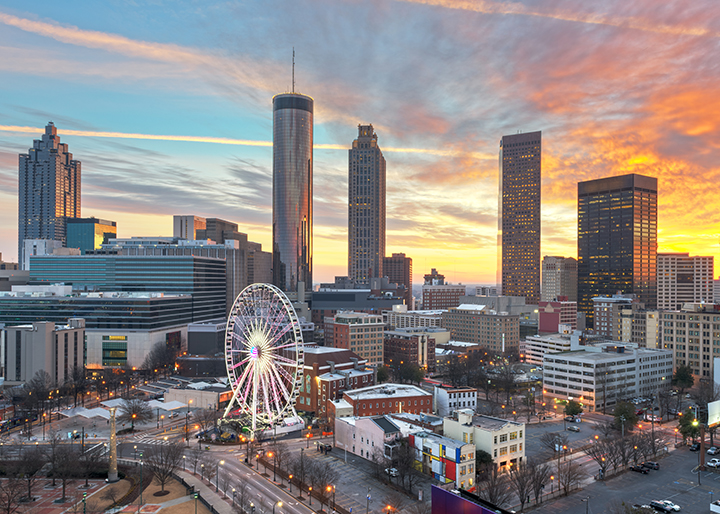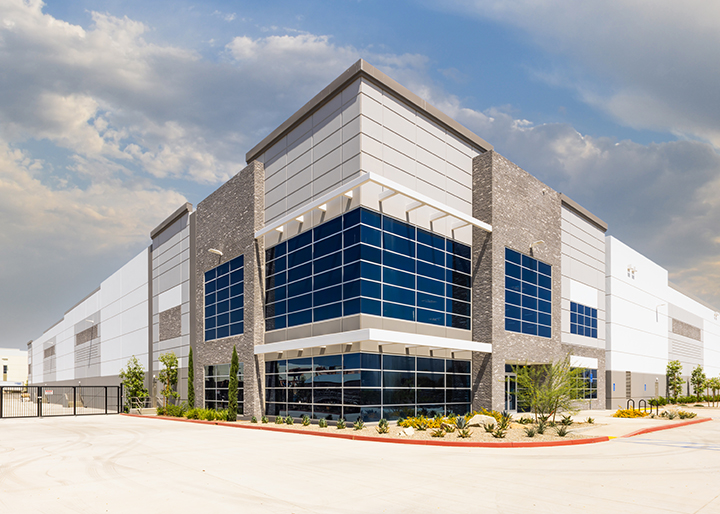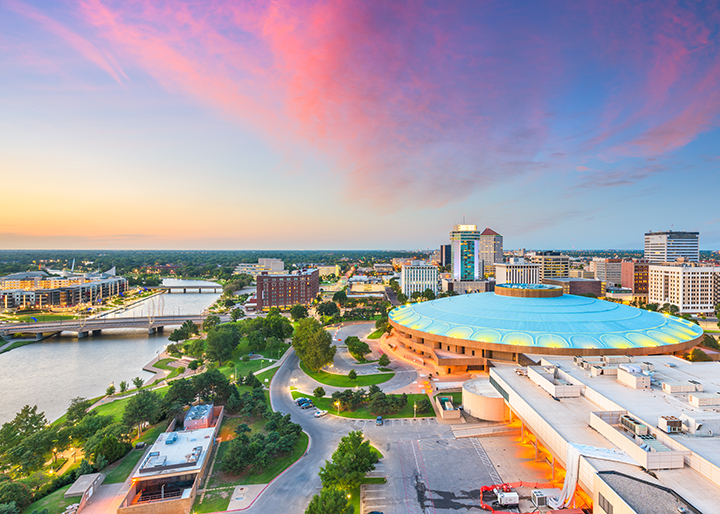Cleveland, Ohio
A Contradictory Market with Plenty of Potential by Carole VanSickle Ellis Although nationwide investor interest in single-family home purchases is declining, the Cleveland, Ohio, market is still heating up. According to Realtor.com, Cleveland rents are startlingly affordable relative to other similarly sized metro areas, and that means increased interest from investors and would-be tenants as national costs of living continue to rise. In December 2024, Cleveland posted the lowest average
Read More
